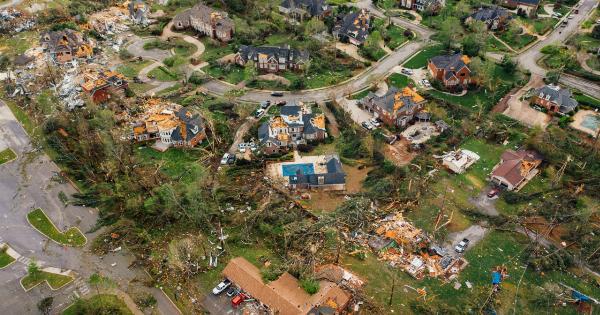Sexual behavior is an essential aspect of human life. Every sexually active person will at some point have sex that could result in pregnancy.
Some behaviors, however, increase the risk of pregnancy, and this can lead to unwanted results such as teenage pregnancy and high unintended pregnancy rates. In this article, we will explore the connection between risky sexual behavior and pregnancy.
What is Risky Sexual Behavior?
Risky sexual behavior refers to actions taken that increase the likelihood of sexually transmitted infections (STIs) and unintended pregnancy.
Some examples of risky sexual behavior include:.
- Having sex without using contraception
- Having multiple sexual partners
- Having sex under the influence of drugs or alcohol
- Engaging in oral, vaginal, or anal sex without a condom or dental dam
- Engaging in sexual activities with someone without knowing their sexual history.
These behaviors can put your health at risk, and it is essential to take steps that can reduce the possibility of unwanted consequences.
How Risky Sexual Behavior Increases the Likelihood of Pregnancy
The risk of pregnancy during sexual activities is high when one or more of the following conditions exist:.
- Sperm comes into contact with vaginal, anal, or oral mucous membranes.
- The sperm enters the woman’s reproductive tract.
- The egg, released during ovulation, becomes fertilized by sperm.
Consequently, engaging in high-risk sexual behaviors increases the chance of encountering at least one of these conditions.
For example, having unprotected sex with multiple partners increases the chance of encountering sperm during the fertile period, increasing the risk of unintended pregnancy.
The Impact of Risky Sexual Behavior on Pregnancy
Risky sexual behavior can have severe consequences on pregnancy. These include:.
- High risk of unintended pregnancies and sexually transmitted diseases
- Higher risk of maternal and infant mortality rates
- Reduced availability of safe abortion and reproductive healthcare services
- Reduced quality of life.
The impact of risky sexual behavior on pregnancy varies among different populations. For example, teenagers are at higher risk of unintended pregnancy than adults.
Thus the high rates of teenage pregnancy are attributed to adolescent high-risk behaviors such as earlier sexual initiation, lack of contraception use, and engagement in risky sexual behaviors.
How to Reduce the Likelihood of Unintended Pregnancy
There are simple steps that people can take to reduce the risk of unintended pregnancy. These steps include:.
- Using contraception correctly and consistently
- Engaging in abstinence or safe sexual practices
- Getting vaccinated against STIs, including human papillomavirus, hepatitis B, and hepatitis A.
People who engage in high-risk sexual behavior should be aware of the potential consequences and take steps necessary to prevent negative consequences. By reducing the risk of unintended pregnancy, people can enjoy their sexual lives without harm.
Conclusion
In conclusion, risky sexual behavior increases the likelihood of unintended pregnancy. Unintended pregnancy can result in lifelong consequences, including maternal and infant morbidity and mortality.
Therefore, it is essential to take steps necessary to reduce the risk of unintended pregnancy through safe and protective sexual practices. These steps are essential in promoting a healthy sexual lifestyle, in which people can engage in sex without fear of negative consequences.



























